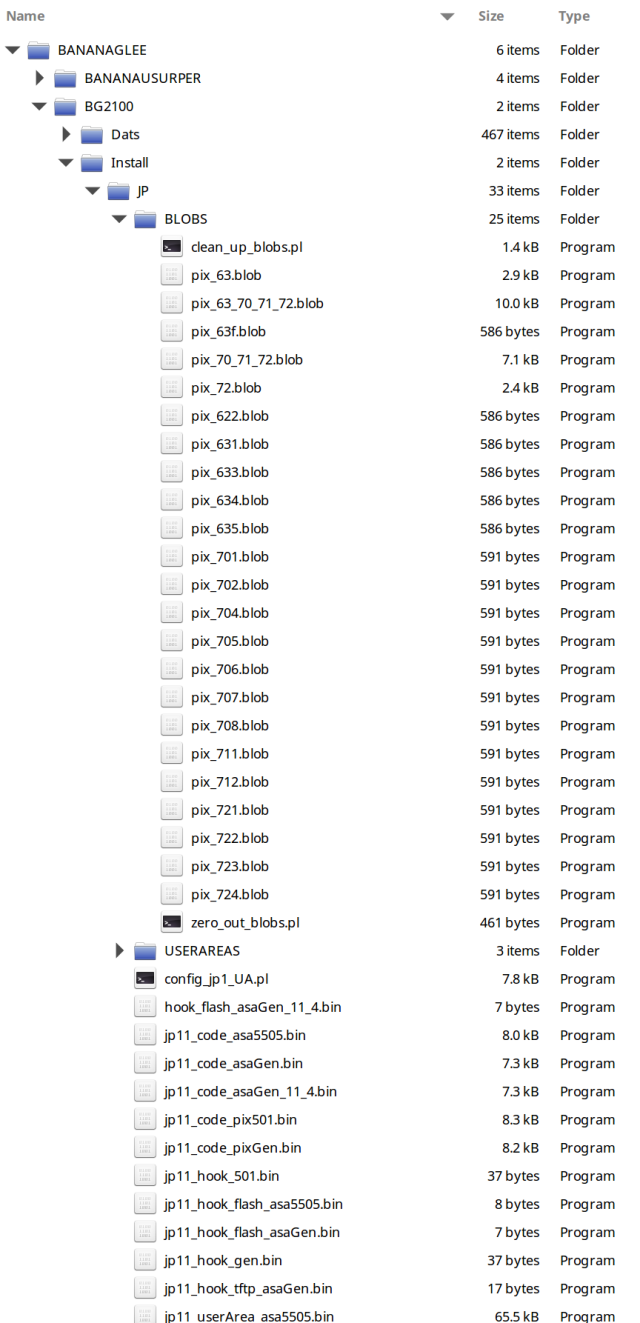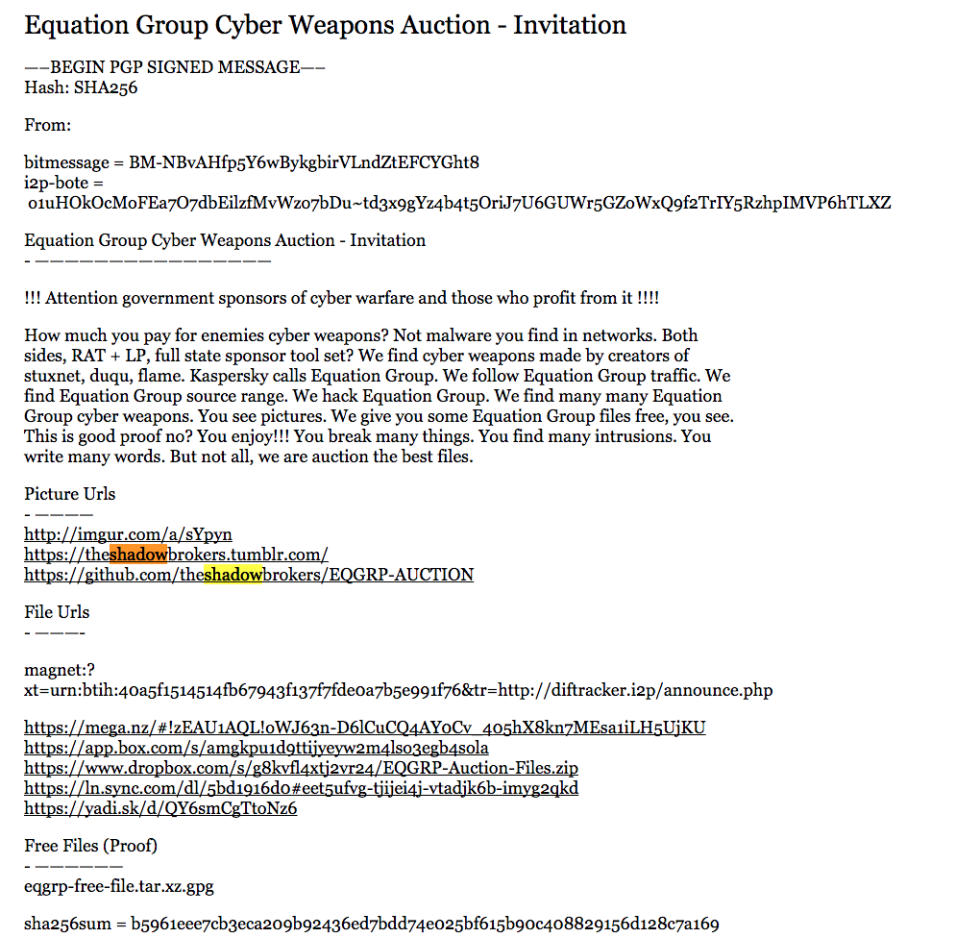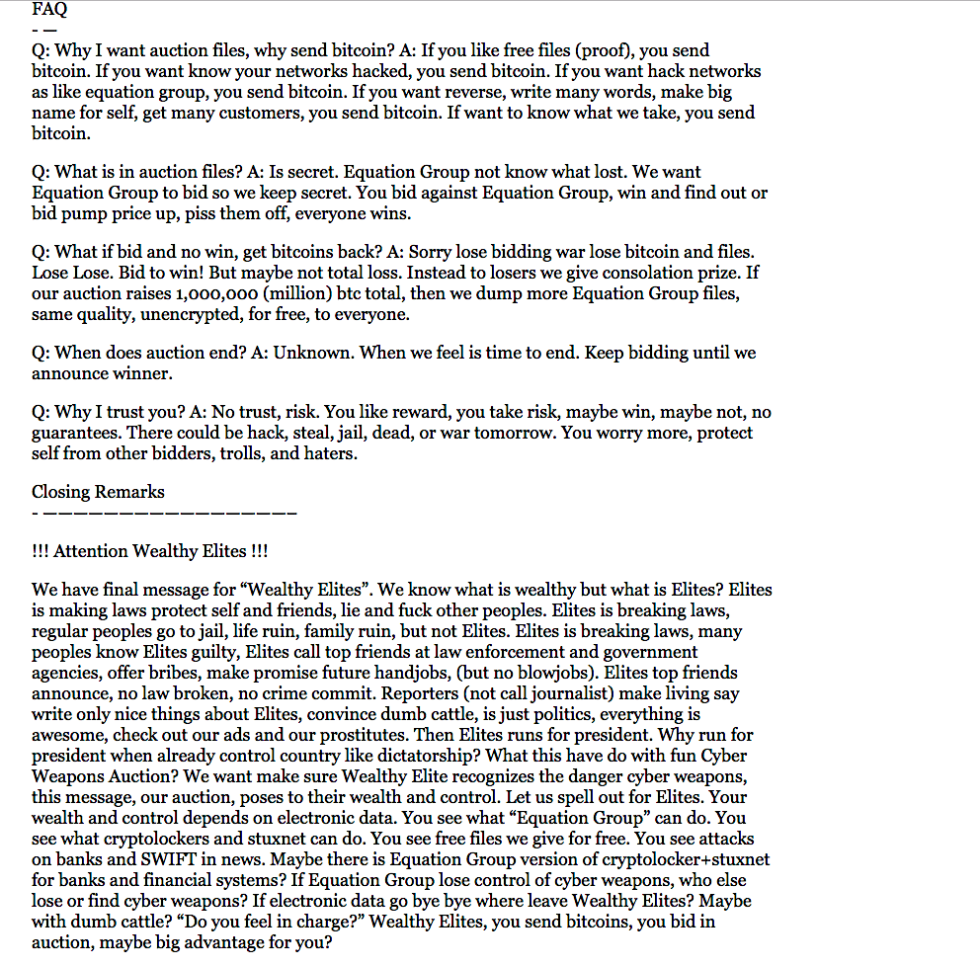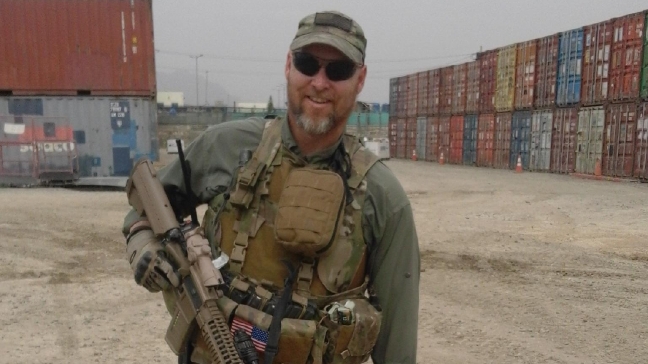Still waiting on the next presser when it comes to her husband, Anthony. You? He was ‘catfished’ again.
Anthony Weiner caught in new flirty online chat
Modal Trigger Former New York congressman Anthony Weiner Photo: Illustration Emil Lendof/New York Post
Former New York congressman Anthony Weiner Photo: Illustration Emil Lendof/New York PostNYP: First he was Carlos Danger. Now — in yet another sexting scandal — he’s a randy “mongoose.”
Sext fiend Anthony Weiner boasted of his animal prowess — claiming he was “deceptively strong . . . like a mongoose” — and gave his cellphone number to a college student during a flirty, private online chat on a recent trip to Los Angeles, The Post has learned.
But the joke was on the horndog pol, whose wife, Huma Abedin, is a top aide and close confidante of Hillary Clinton.
The target of his online affection was really a dude. More here. **** But back to Huma…
Huma Abedin worked at a radical Muslim journal for a dozen years
Hillary Clinton’s top campaign aide, and the woman who might be the future White House chief of staff to the first female US president, for a decade edited a radical Muslim publication that opposed women’s rights and blamed the US for 9/11.
One of Clinton’s biggest accomplishments listed on her campaign Web site is her support for the UN women’s conference in Bejing in 1995, when she famously declared, “Women’s rights are human rights.” Her speech has emerged as a focal point of her campaign, featured prominently in last month’s Morgan Freeman-narrated convention video introducing her as the Democratic nominee.
Headlined “Women’s Rights are Islamic Rights,” a 1996 article argues that single moms, working moms and gay couples with children should not be recognized as families. It also states that more revealing dress ushered in by women’s liberation “directly translates into unwanted results of sexual promiscuity and irresponsibility and indirectly promote violence against women.” In other words, sexually liberated women are just asking to be raped
“A conjugal family established through a marriage contract between a man and a woman, and extended through procreation is the only definition of family a Muslim can accept,” the author, a Saudi official with the Muslim World League, asserted, while warning of “the dangers of alternative lifestyles.” (Abedin’s journal was founded and funded by the former head of the Muslim World League.)
“Pushing [mothers] out into the open labor market is a clear demonstration of a lack of respect of womanhood and motherhood,” it added.
In a separate January 1996 article, Abedin’s mother — who was the Muslim World League’s delegate to the UN conference — wrote that Clinton and other speakers were advancing a “very aggressive and radically feminist” agenda that was un-Islamic and wrong because it focused on empowering women.
“‘Empowerment’ of women does more harm than benefit the cause of women or their relations with men,” Saleha Mahmood Abedin maintained, while forcefully arguing in favor of Islamic laws that have been roundly criticized for oppressing women.
“By placing women in the ‘care and protection’ of men and by making women responsible for those under her charge,” she argued, “Islamic values generate a sense of compassion in human and family relations.”
“Among all systems of belief, Islam goes the farthest in restoring equality across gender,” she claimed. “Acknowledging the very central role women play in procreation, child-raising and homemaking, Islam places the economic responsibility of supporting the family primarily on the male members.”
She seemed to rationalize domestic abuse as a result of “the stress and frustrations that men encounter in their daily lives.” While denouncing such violence, she didn’t think it did much good to punish men for it.
She added in her 31-page treatise: “More men are victims of domestic violence than women . . . If we see the world through ‘men’s eyes’ we will find them suffering from many hardships and injustices.”
She opposed the UN conference widening the scope of the definition of the family to include “gay and lesbian ‘families.’ ”
Huma Abedin does not apologize for her mother’s views. “My mother was traveling around the world to these international women’s conferences talking about women’s empowerment, and it was normal,” she said in a recent profile in Vogue.
Huma continued to work for her mother’s journal through 2008. She is listed as “assistant editor” on the masthead of the 2002 issue in which her mother suggested the US was doomed to be attacked on 9/11 because of “sanctions” it leveled against Iraq and other “injustices” allegedly heaped on the Muslim world. Here is an excerpt:
“The spiral of violence having continued unabated worldwide, and widely seen to be allowed to continue, was building up intense anger and hostility within the pressure cooker that was kept on a vigorous flame while the lid was weighted down with various kinds of injustices and sanctions . . . It was a time bomb that had to explode and explode it did on September 11, changing in its wake the life and times of the very community and the people it aimed to serve.”
Huma Abedin is Clinton’s longest-serving and, by all accounts, most loyal aide. The devout, Saudi-raised Muslim started working for her in the White House, then followed her to the Senate and later the State Department. She’s now helping run Clinton’s presidential campaign as vice chair and may end up back in the White House.
The contradictions are hard to reconcile. The campaign is not talking, despite repeated requests for interviews.
Until now, these articles which Abedin helped edit and publish have remained under wraps. Perhaps Clinton was unaware she and her mother took such opposing views.
But that’s hard to believe. Her closest adviser served as an editor for that same Saudi propaganda organ for a dozen years. The same one that in 1999 published a book, edited by her mother, that justifies the barbaric practice of female genital mutilation under Islamic law, while claiming “man-made laws have in fact enslaved women.”
And in 2010, Huma Abedin arranged for then-Secretary of State Clinton to speak alongside Abedin’s hijab-wearing mother at an all-girls college in Jeddah, Saudi Arabia. According to a transcript of the speech, Clinton said Americans have to do a better job of getting past “the stereotypes and the mischaracterizations” of the oppressed Saudi woman. She also assured the audience of burqa-clad girls that not all American girls go “around in a bikini bathing suit.”
At no point in her long visit there, which included a question-and-answer session, did this so-called champion of women’s rights protest the human-rights violations Saudi women suffer under the Shariah laws that Abedin’s mother actively promotes. Nothing about the laws barring women from driving or traveling anywhere without male “guardians.”
If fighting for women’s rights is one of Clinton’s greatest achievements, why has she retained as her closest adviser a woman who gave voice to harsh Islamist critiques of her Beijing platform?
Paul Sperry is author of “Infiltration: How Muslim Spies and Subversives Have Penetrated Washington.”













